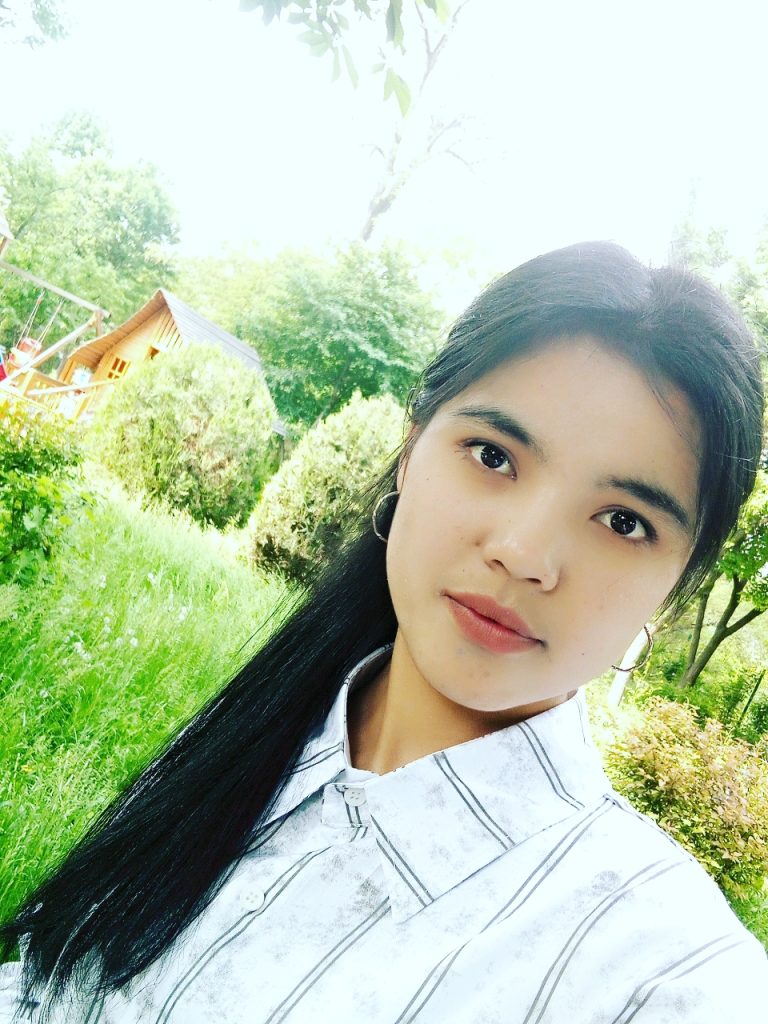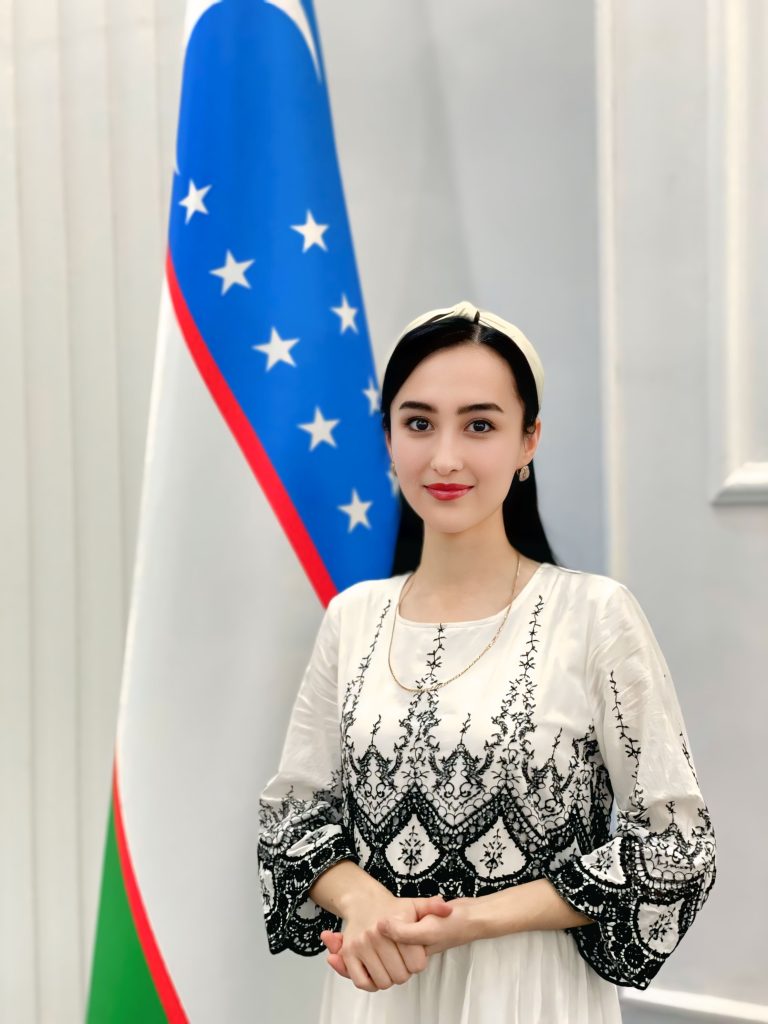Arrival Before the Rose Dream Ends (previously published by Wild Court)
He says he’ll arrive in Portland tomorrow.
It’s his turn to pay —
In the silence before the restaurant opens,
he arrives early.
A self-serve hot pot,
steam rising to fend off winter.
The union of dead volcanoes and roses,
perfect in his mind —
a scene from an Italian art film,
woven into the hum of lobby music.
A couple pick their ingredients.
A spoon stirs the sauce,
like jam stirred by love.
As dusk settles,
the girl arrives
and whispers something behind him.
He answers, “It’s nothing.”
He pays the bill this time and next time.
Months later, in a dream,
the dead volcano erupts,
swallowing the roses,
swallowing his life.
The next morning,
the news reports —
a young man in a Portland apartment,
kissed by death.
He lies on a bed of roses,
silent as a dead volcano.
Confessions of Death(Previously published in Apocalypse Confidential)
I am a wealthy writer
from a noble Kyoto family.
In Japan, my fans call me: Swan.
I remember when pale moonlight
illuminates the ashen stone.
A woman drapes herself in a white kimono,
adorned with strutting cranes
and blooming pink sakura,
gazing deeply at my figure.
She is my wife, an elegant swan too,
who carries the spirit of Bushido.
I do not long to embrace death;
I only wish to spread my wings
and self-destruct beautifully,
for redemption.
My consciousness submerges
in the weight of original sin,
rolling alone.
My family owns a villa during wartime,
where cherry blossoms bloom in abundance.
How shameful this is
to the impoverished.
Only death offers peace.
I want to cast my weightless body
into the surging ocean together with her.
I say, “As a mortal, I am so sorry.
I do not deserve to be happy.”
Two swans step into the water,
forsaking this ridiculous family.
In the moment of fading,
death is liberation.
A moment of silence,
my heart at peace,
with oceanic waves.
Within this vast wheel of destiny,
I surrender to the hush of infinity.
We long for peace,
and in the crushing of the great wheel,
only the moment of suffocation
beneath the water
brings forth
a profound and joyful illusion:
The setting sun,
spring snow,
floating chrysanthemums
in my first chapter of life.
We die for the suffering,
but for whom do the living live?
We destroy ourselves for our own expectations,
but who remembers the dead?
At last, we smile at death,
at nothingness.
Death becomes our final sanctuary,
a respite from a world
reeking of greed.
Like two delicate leaves,
we softly fall into the ocean.
Through the moon’s shadow,
flowers’ darkened faces
resemble death.
Interview with Yucheng Tao
You’re also a songwriter and a music student. Do you think your musical interests and knowledge inspire your poetry, or vice versa? Do you imagine your poems set to music?
Music’s rhythm gives me inspiration for the basic feelings in my poems. They feel like twin flames to me. I prefer to make independent work for my poetry and for my instrumental guitar music. I have had a lot of my instrumental work published by other magazines.
Since you’re an international student from China, is Mandarin your first language? What is the process like crafting poetry in a language other than your native language? Do you come up with a concept and structure in Mandarin first and then translate, or do you think purely in English for your poetry?
Yes, Mandarin is my first language. At the beginning, I tried very hard to write purely in English. Over time, it became more natural—but sometimes, inspiration still comes to me in fragments of Chinese. When that happens, I’ll translate or transform those images into English. Other times, the ideas arrive already in English. I think I now live between the two languages, and my poetry is shaped by both.
I notice a theme of death in your work, our complex relationship with the inevitability of death. Why and how do you think you’re drawn to write about death?
When I write about death, I’m really writing about consciousness, time, grief, and the fragility of perception. Life is destined to vanish in the cruel cycle of the seasons, so I feel a need to record my reflections on death—and everything bright that will one day be drowned: existence itself, which can be anything, even a voice within.
In the two pieces you sent for our July issue, your protagonists had the chance to enjoy lovely things in life: delicious food, fine clothing, moonlight, wealth, romantic love, although their enjoyment was short-lived. Many poets write about beauty in various forms. What do you consider beautiful and why, and what sorts of beauty are you drawn to in poetry?
I think beauty sometimes comes from fleeting moments—when I touch snow, rain, wind, or when the silent gods arrive with the night. My poems often explore the uncertainty of beauty, because everything can be beautiful in its own way.
How would you describe your poetic style, and has it changed over the years as you developed your craft?
My poetic style moves through darkness across beauty—and something beyond. Every day, I try to change something in my work: the technique, the form, the voice, and the feeling of the unknown.
What poets, or kinds of poetry inspire you? Do you consider your work part of any poetic tradition?
I love The Waste Land by T.S. Eliot, and I’m also drawn to Eastern forms that emphasize imagery, like haiku. Baudelaire, Akhmatova, and even the poetic language in Nabokov’s novels have all influenced me. I don’t often think in terms of tradition—I just read what I love, and follow where those poems lead me.
What are you working on now in your writing? What are your next steps?
I’m currently working on a series of poems centered around a character called the Skull-God—a light sci-fi exploration of human nature and emotion. I’ve written about five pieces so far and plan to continue expanding the series. Eventually, I hope to create a mini chapbook, somewhere between 12 to 20 pages.
Yucheng Tao’s poetry and fiction have appeared in a range of literary journals across the US, UK, and internationally. His recent work has been published by Wild Court (King’s College London), Cathexis Northwest Press, The Lake(UK), NonBinary Review (where he was also interviewed), and Red Ogre Review(UK). His writing has also featured in Waymark Literary Magazine, Apocalypse Confidential, The Arcanist, and others. He was named a semifinalist for the Winds of Asia Award by Kinsman Quarterly.




